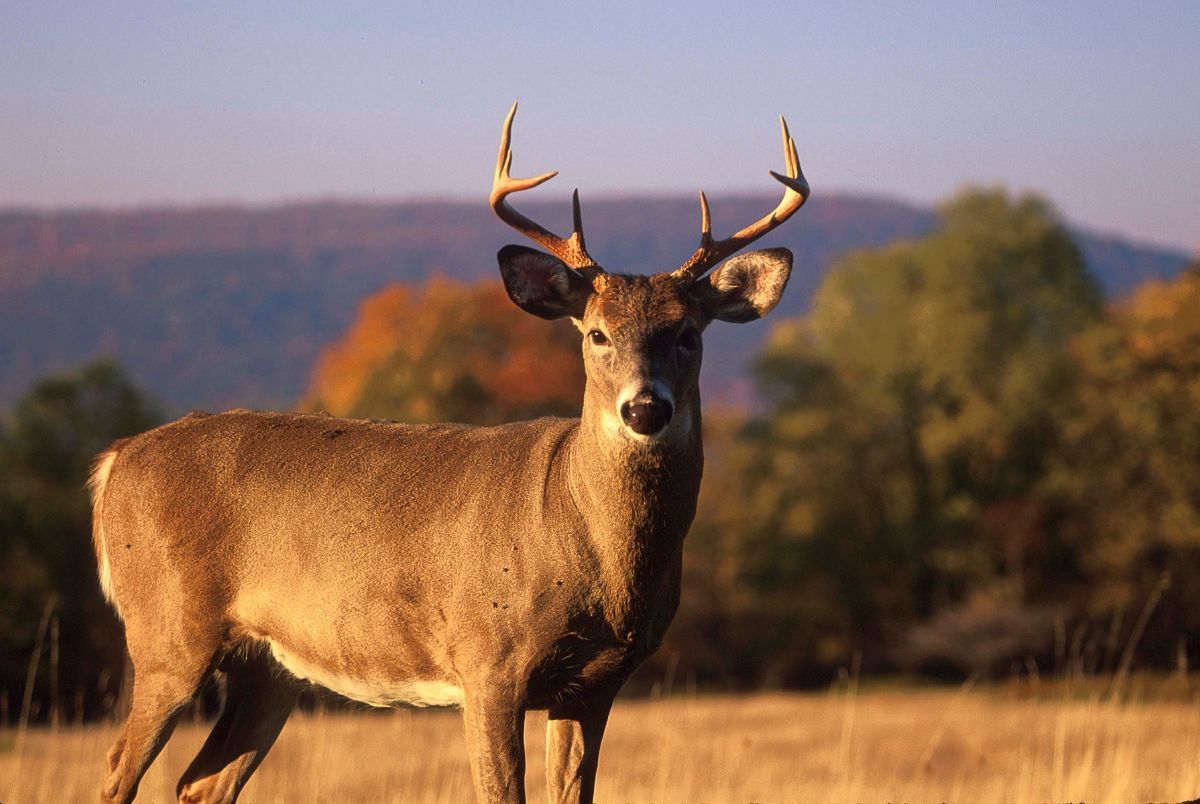COMMENTARY BY DR. DAVE SAMUEL
This is the second in a series on deer based on real scientific studies rather than a personal opinion.
Take white oak acorns for example. Last week I quoted Dr. Craig Harpers work on producing more forbs in forests for deer. He also is the expert on production of acorns for deer. Hunters have known for years that acorns are great fall foods for deer.
One study done by Harper and his students proves several points about acorn production, including data on what happens if your fertilize white oaks to increase acorn production.
They followed acorn production on 100 white oak trees for 10 years and rated each as excellent, good, moderate, or poor acorn producers. Great stuff. They also did several things to see what improved acorn production. They did some crown release and they also fertilized for five years. Harper learned that white oaks are inconsistent producers. The trees he followed in one of his studies produced only a few or no acorns in 2006, 2007, 2009, 2011, 2013, and 2015. Yes, they tend to be good acorn producers every other year.
He also found that a small amount of oaks produce a large percent of the acorns. Thirty-nine percent of the oaks produced 69% of the acorns.
Now if you want to get more acorns in your forests, do some crown release around your white oak trees. Harper found that doing crown releasing around your white oaks will improve acorn production by 65%.
Simply cut the trees around that white oak and that individual white oak will grow faster and taller and acorn production will shoot up.
He also found that fertilizing oak trees to get more acorns is a waste of time and money. I’ve known hunters who fertilize white oaks year after year believing it will improve acorn production. Not so. Harper looked at fertilized and unfertilized acorn trees. He found that the acorn weight was the same, phosphorus was the same, crude protein was the same, carbohydrates the same, and digestible nutrients were the same. Conclusion? Why fertilize. Save your money.
Most of my friends who grow food plots for deer, mow them in summer to improve nutritional quality or digestibility for deer. Bonner Powell did work on mowing food plots and looked at alfalfa and red clover plots. He found that on average mowing did not increase nutrients. His suggestion is to mow perennial food plots at the end of the summer to reduce weeds.
Let me conclude on acorns. Deer eat a lot of them, but only during the few weeks in the fall when they are dropping from trees. That’s when you want to hunt those acorn trees. There may be some left over by gun season, but for the most part, white oak acorns are a food source during the bow season. Find those really good producers and bowhunt there as long as the deer keep coming. Good luck out there and be safe.




